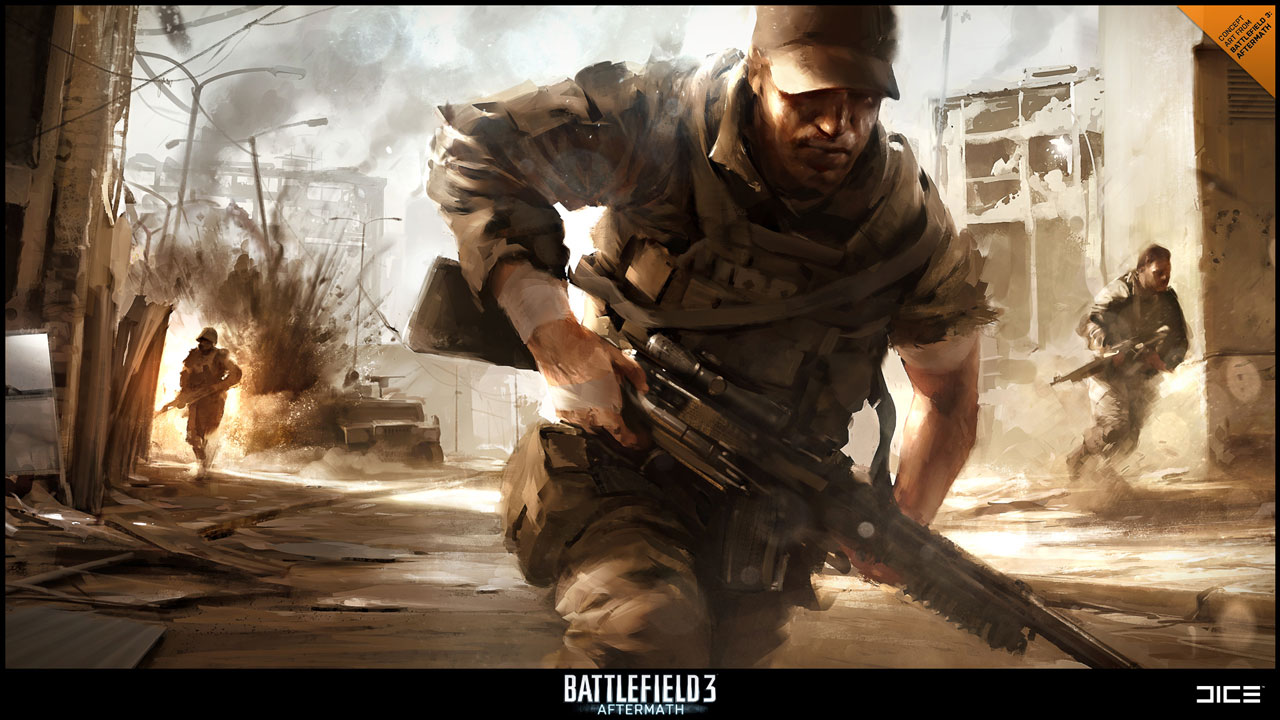

About nine o'clock in the morning the command approached. Upon approaching the road, each man chose his position on the west side. I counted, by direction of Jumper, one hundred and eighty warriors. Just as the day was breaking, we moved out of the swamp into the pine-barren. "We had been preparing for this more than a year. Only a few managed to get their flintlock muskets from underneath their heavy winter coats.Īn eyewitness account by Seminole leader Halpatter Tustenuggee (Alligator, as the white man called him) read as follows:

Many of the soldiers, in two single file lines, were also quickly killed.

Following Dade's death, command passed to Captain George W. Major Dade, who was on horseback, was killed in the Seminoles' very first shot fired personally by Chief Micanopy, which by pre-arranged plan began the attack. The Seminoles had terrain and the element of surprise in their favor. As it would turn out, in the late afternoon of that day, 180 Seminoles lay in wait approximately 25 miles (40 km) south of Fort King. Many sources state that the first storm of bullets brought down Major Dade and half his men. They were passing through a high hammock with oaks, pines, cabbage palms, and saw palmetto when a shot rang out. The troops marched for five quiet days until December 28, when they were just south of the present-day city of Bushnell. Scouts reportedly watched the troops in their sky-blue uniforms at every foot of the route and sent reports back to the Indian chiefs. Several Seminoles with their warriors assembled secretly at points along the march. They finally gave up waiting and attacked without him. However, at the time he was busy killing Wiley Thompson. The Seminoles refrained from attacking in the other places, not because they thought they could achieve better surprise later but because they were waiting for Osceola to join them. Having passed these, he felt safe and recalled his flanking scouts in order that the command could move faster.Īlthough the terrain he was now in, pines and palmettos, could not have concealed anyone who was standing or walking, it could and did conceal crouched or prone warriors waiting in ambush. Army to forcefully relocate them to a reservation out west and Dade knew his men might be attacked by the Seminole Indians who were shadowing his regiment, but believed that if an attack were to occur, it would come during one of the river crossings or in the thicker woods to the south. The Seminoles in Florida had grown increasingly furious at attempts by the U.S. companies of 110 men (including soldiers from the 2nd Artillery, 3rd Artillery and 4th Infantry Regiments) under Major Francis Langhorne Dade departed from Fort Brooke (present-day Tampa), heading up the King Highway (military road) on a resupply and reinforce mission to Fort King (present-day Ocala).


 0 kommentar(er)
0 kommentar(er)
